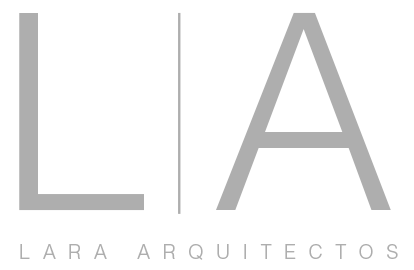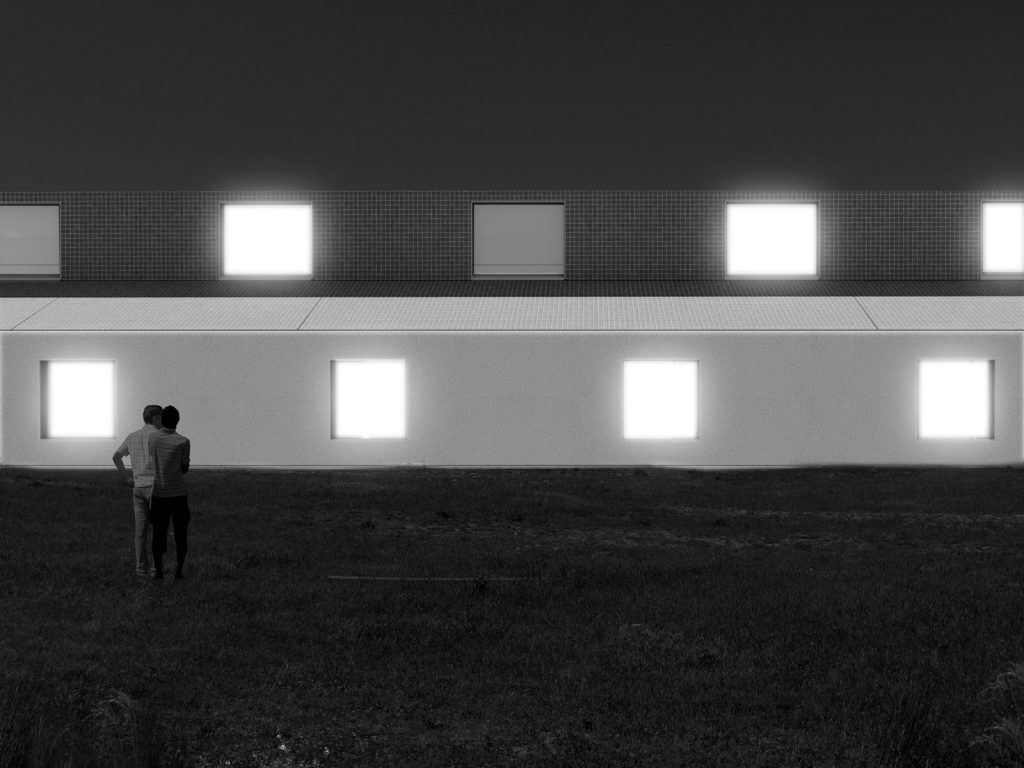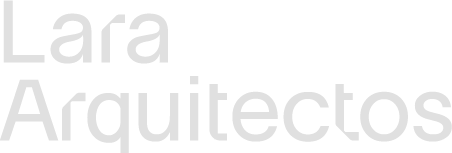This location, in a certain way represents a higher degree of complexity in which the strength and the architectural hierarchy existing in this sanctuary is evident, not only because of what is built, but also the topography and landscape take a fundamental role that even takes for granted understand a denial of a possible contemporary proposal.
As if that were not enough, the use and reason for being of this site currently maintains a set of actions that are part of a pilgrimage ritual for the faithful and believers who come to this site on the last Sunday of September for their pilgrimage to the hermitage. In a way, this leisurely journey and significant moments had to be deciphered through an architectural interpretation in which the new proposal should not confront this ritual and reason for being.
The proposal could be summarized, in the understanding of four special moments: the arrival through an ante-plaza that is linked to the house of the water, the approach to the ruins that ends with a panoramic view towards the lighthouse, the respect of the patio central as a hierarchical element and the vertical reference of a viewpoint as the outcome of this pilgrimage within the sanctuary.
In order not to challenge this central space, the decision was made to locate the work shops that must have flexible spaces and good lighting for their proper use, adhered to the two arms previously intended for the bedrooms. Thus, the artist's day-to-day life allows him to have a link between work space and rest, without opposing the interior patio, which is ultimately summarized in the project section.
"A pilgrimage through leisurely times, without challenging the space and hierarchical use through adherence to what exists."


